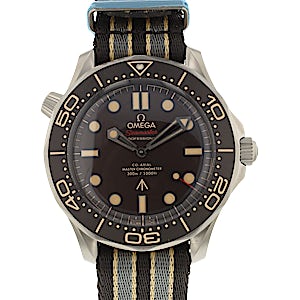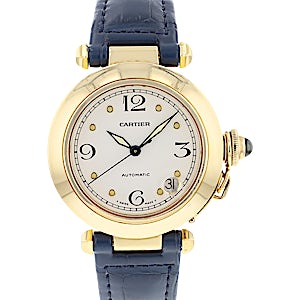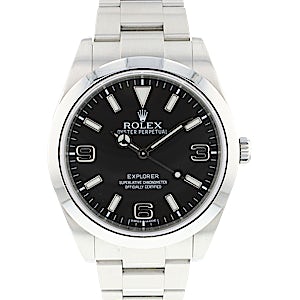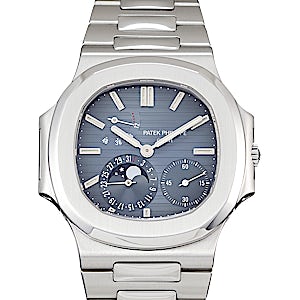The fourth generation of Haute Horlogerie
Following the death of Antoine de Patek in 1877 and Jean Adrien Philippe in 1894, a unique legacy was left behind in the watchmaking world. By the end of the 19th Century, the Geneva Manufacturer had already enjoyed worldwide eminence and was recognized among one of the most important watchmaking houses in the world.
In 1901, the company was transformed into a stock corporation. In 1932, however, the company fell victim to the effects of the Great Depression and Patek Philippe was forced to seek a new buyer for the majority of the company shares. Luckily, the company had close business relations with the Stern brothers, who owned the renowned dial factory Fabrique de Cad- rans Stern Frères. Under the name Patek Philippe SA, the Stern brothers acquired Patek Philippe and the exclusive watch manufacture was passed on to their family.
Currently, the company name along with the company proprietors remain unchanged. The traditional company continues to be led by the Stern family and is the last family-owned, independent watch manufacturer in Geneva.
Under the leadership of Charles and Jean Stern, the decision was made to develop in-house movements, thereby strengthening the independence of the company. As the years have passed, three generations of the Stern family have successfully led the company. Currently, the business is run by Thierry Stern who plans on continuing the vision of the company founders and running the business as an independent family firm.








